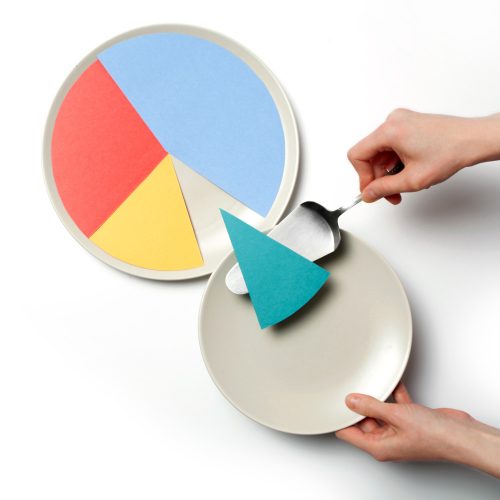
Like many people, growing up we had to eat everything on our plate, or most of it at least.
Sometimes the reason children won’t eat food is because they don’t like the flavour or texture (vegetables anyone?!), and other times it’s simply because they are full.
Forcing them to eat everything on their plate can override their inbuilt appetite mechanisms and they learn that a portion is a plate size. As adults, many of us will clear our plates simply because that’s what we’ve been taught to do, or we believe to leave anything would be a waste, or a number of other reasons. But what really should signal the end of a meal is our fullness/satiety signals.
Becoming more in tune with your hunger and fullness is something that clients I work with find a bit of an eye-opener. For many reasons, we eat when we are not hungry and eat past the point of comfortable satisfaction.
Becoming more aware of our hunger and satiety is a great way to help with portion control. Before you next eat, pause and ask yourself, “Am I hungry?” You may be surprised at how often you eat out of habit or boredom or just because it’s ‘time to eat’.
Think about your hunger/fullness on a scale of 1-10, with 1 being starving hungry, and 10 being uncomfortably full (like when you’ve really overdone it on Christmas Day and you need to lie down because your belly is so full!)
A good point to stop eating at is around 5-6 on the scale – that is where you are just satisfied. This is because it takes around 15-20 minutes for the hormonal signals from our gut to reach our brain to tell us that we are full. So if you stop when you’re just satisfied, 15 minutes later you should feel comfortably full.
You can start becoming more aware of your appetite signals by eating mindfully and undistractedly, and pausing mid meal to check in with how you’re feeling.
You’ll soon learn how much is right for you, some days it may be more, some days it may be less.
www.healthyfood.com










